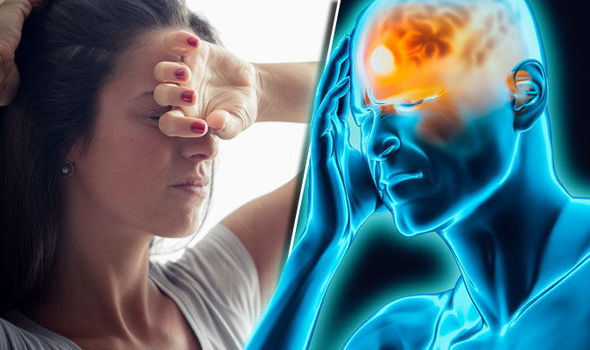
Migraine is commonest type of headache that needs a visit to a doctor. It is also the commonest cause of severe headache. Migraine headaches are different from other types of headaches and can be diagnosed by its characteristics. Family history of migraines, age when the first attack occurred, and frequency and duration of headaches will also help to determine whether an individual is suffering from migraines or not.
Diagnosis of Migraine
The International Headache Society has laid down the guidelines to diagnose the two forms of migraine headaches:
1. Migraine without aura (common migraine)
2. Migraine with aura (classic migraine)
Migraine without aura/ Common Migraine
I. At least five attacks per year that last 4 to 72 hours
II. At least two of the following headache symptoms:
1. Pain on one side of the head
2. Pulsing/throbbing pain
3. Moderate-to-severe intensity that inhibits or prohibits one’s ability to work
4. Aggravation of pain by physical activity, such as climbing stairs etc.
III. At least one of the following associated symptoms:
1. Nausea and/or vomiting
2. Light/sound sensitivity (Intolerance to light and/or sound)
IV. No evidence of any other diseases that may cause these symptoms
Migraine with aura (classic migraine)
I. At least two attacks per year
II. At least three of the following symptoms:
1. One or more of the following aura symptoms that later subside.
Aura symptoms are:
a. Alterations in vision
b. Numbness or tingling in the face, arm, or hand on one side of the body
c. Muscular weakness or mild paralysis on one side of the body
d. Difficulty speaking or loss of speech.
2. Gradual development of at least one aura symptom over more than four minutes or two or more symptoms that occur at the same time
3. Aura symptoms that last no more than 60 minutes
4. Headache that occurs simultaneously with aura symptoms or follows aura within 60 minutes
III. No evidence of any other diseases that may cause these symptoms
Migraine Phases
Researchers believe that migraine attacks have four distinct phases. These phases are:
1. 1st phase or prodrome
It is experienced by 60% of migraineurs. It starts hours or days before a migraine attack. Many physical and psychological symptoms are seen in this phase. These symptoms vary between the individuals, but remain consistent for a particular individual. The symptoms include:
1. Stiff neck
2. Cold feeling
3. Sluggishness / Mental slowing / Fatigue
4. Hyperactivity / Restlessness
5. Dizziness / Drowsiness /Irritability
6. Increased thirst
7. Increased urination
8. Loss of appetite
9. Diarrhea / Constipation
10. Fluid retention
11. Food cravings
12. Sensitivity to light and/or sound
13. Depression
14. Euphoria
2. 2nd phase or aura
Aura is experienced by 20% of migraineurs suffering from classic migraine just before the migraine attack. It develops 5 to 20 minutes before a migraine attack and lasts less than an hour.
Aura symptoms include:
1. Scintillation scotomas, which are characterized by a bright rim of light around an area of visual loss and flashing lights or jagged lines that block the visual field.
2. Visual resizing or reshaping of objects.
3. Numbness or tingling of the face, arm, or hand on one side of the body.
4. Muscular weakness.
5. Mild paralysis on one side of the body.
6. Difficulty speaking or loss of speech.
3. 3rd phase or phase of migraine headache
Symptoms of migraine headache are different from other headaches.
Symptoms that distinguish migraines from other headaches:
1. Headache on one/both side of the head, behind /around the eyes, posterior or occipital area, or it may be generalized.
2. Intensity of pain is moderate to severe and worsened by physical activity
3. Loss of appetite /Nausea /Vomiting
4. Intolerant to light, sound, or odors
5. Blurry vision /Blocked nose /Pale face
6. Sensations of heat or coldness /Sweating
7. Tenderness of the scalp
8. Prominence of veins or arteries in the temple
9. Impaired concentration /Depression /Fatigue /Nervousness /Irritability
4. 4th phase or postdrome
Some individuals may experience the following symptoms after a migraine attack:
Fatigue /Irritability /Impaired concentration /Scalp tenderness /Mood changes.
